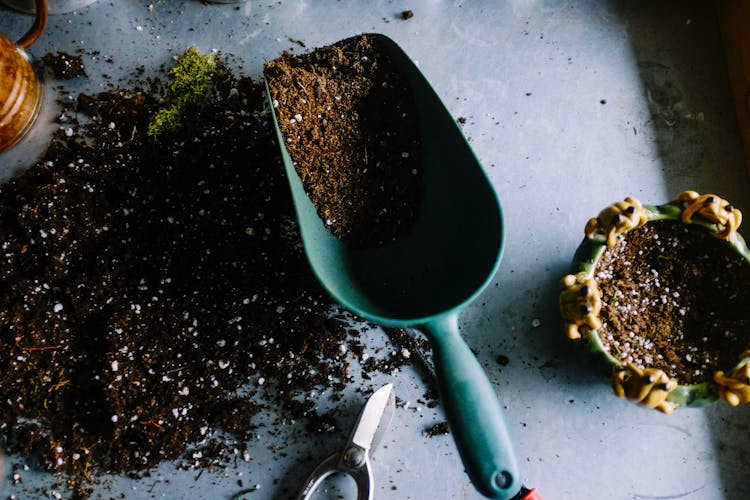How to compost without a garden
Food waste doesn't break down in landfills. Instead, it releases the harmful greenhouse gas methane into the atmosphere. Composting reduces this environmental headache.

You can set up an odour-free compost even if you live in a small apartment. Wondering how to compost without a garden? Here are the two most feasible methods that don't need help from the outdoors. If one of them doesn't work for you, try the other.
Traditional compost bin
Setting up a compost bin indoors is cheap, easy and takes up hardly any space at all. Choose your area – under the kitchen sink is usually a good spot.
Find a metal or plastic container with a lid that's around 1 square metre. This size will make sure your compost heats up but doesn’t hold too much water. Drill holes in the bottom and sides of your container, to let oxygen in.
Find a watertight tray that will hold your container comfortably. Cover the bottom with a layer of newspaper, place the container inside it and add four inches of soil around the container. Then add one or two sheets of shredded newspaper on top of the soil.
Your compost bin is ready to use. Make scraps of food smaller to speed up the process and, if not much is happening after a few weeks, turn the contents over. Each time you compost a handful of food, add a handful of newspaper too. Tip in a scoop of new soil every week to encourage the process.
Worm compost bin
A worm bin doesn’t take much maintenance. And if it's well-managed, you won't notice the worms, even with your bin in the house. Composting indoors becomes easy, as the worms work hard and speed up the process. The compost won’t need to be turned over or heated up to do its job.
Find a stainless steel, wood or plastic storage container with a lid that’ll fit in your chosen indoor space. Drill or puncture holes into it so your worms can breathe. Add some damp newspaper, old cardboard, sawdust or straw to the bottom. Then tip in a couple of handfuls of soil to cover.
Your worms will be selective with their culinary tastes at first. Start by adding just 1 cup of kitchen scraps. Use foods like crushed up eggshells, tea bags and coffee grounds. Choose non-acidic vegetables, like broccoli rather than onions.
Buy red worms from a nearby garden centre. For a small composter, get 1,000 worms. Empty them into your container. Over time, your wiggly friends will accept a broader selection of food. You’ll also get used to how much food they can eat at once. Your scraps shouldn’t rot before your worms eat them, so take out any mouldy food. Black flies are another sign you’re overfeeding your worms. If you’re picturing creepy crawlies all over the kitchen, don’t fret. You’ll have the lid of your compost on 99% of the time and with a continuous food supply, your worms won’t want to venture outside of their home.
What to do with your compost?
You’ve made some perfect compost, but you don’t have a garden. How can you use it? Here are some ideas:
- Use it in your houseplants’ pots
- Offer it to neighbours, friends and family with gardens
- Donate it to a local farm, community garden or school garden
If you have outdoor space to use for your compost and want to learn the ropes, take a look at our beginner’s guide to composting.

